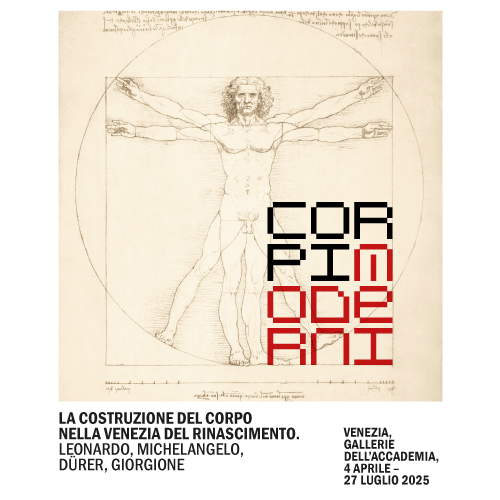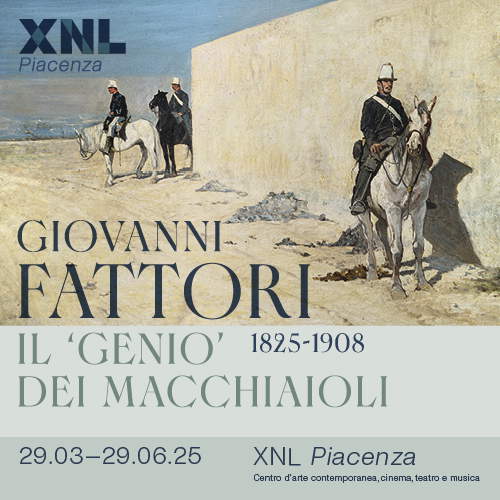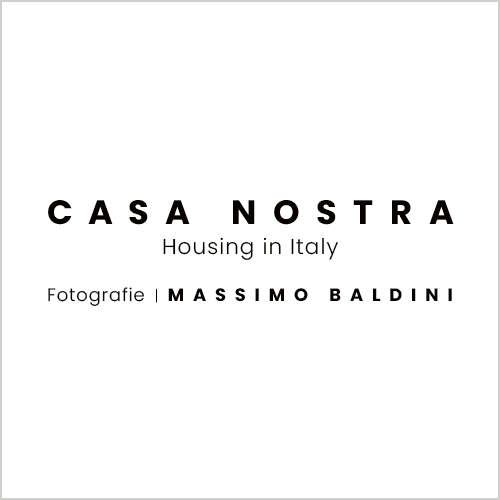How art communication on social media has changed (and where it is going)
First, some data provided by the Digital 2024 Global Overview Report by We Are Social and Meltwater. First: the average time we spend on social each day has nearly doubled in the past decade. Second: in 2013 we spent 26.3% of the time we spend online on social; now we spend 35.8% of our time there. Third: in 2015, Facebook guaranteed 86% of traffic from social to websites; by 2023, the percentage has shrunk to 64%. Finally, a few more figures to provide a little more context: in 2020, a Facebook user rendered an average of ten times as much value to the company as they did in 2011 (in Europe, on the other hand, the value was multiplied by 16, in the United States almost by 20), and according to data provided by Facebook at the end of 2023, daily reel plays, i.e., videos of short duration (less than a minute) reach the impressive number of 200 billion, doubled from 100 in 2022.
Taken as a whole, the data convey the idea of a social universe profoundly changed from what it was before the pandemic, a period since which a series of decisively important transformations have occurred that have had an extremely significant impact on the way we use social and the content that the platforms suggest to us. However, it suffices to mention three, rather decisive ones, namely the launch of reels on Instagram (invented to contend with Tiktok for primacy over entertainment in video format), the conspicuous increase in theuse of social by their users (both passive and active), and Meta’s not too ill-concealed idiosyncrasy toward news outlets, which resulted, between 2022 and 2023 alone, in a halving of traffic from Facebook to their websites (when not the banning, as’happened, for very particular reasons, in Canada), so much so that most media outlets that were asked about the subject last year by a Reuters report expressed concern about this huge decline in traffic from social.
What effect have these changes had on the narrative of art via social, and in particular on Facebook and Instagram, i.e., the two socials most loved and frequented by the Italian art audience today? On these grounds, the Italian art world has never been particularly vibrant. However, as has happened everywhere, the changes have been significant: if before 2021-2022, communication on social rewarded mostly “institutional” accounts (in our sector: museums, foundations, galleries, auction houses, authoritative newspapers), in the last three years the situation has changed, and now, next to the “institutional” profiles (to survive best, however, are those that have most adapted to the needs of algorithms and have oriented their communication towards formats more in line with the new order: therefore reels, stories, partly photographs but only if particularly eye-catching), there has been the rise of influencers and content creators who are now a stable presence in the online communication landscape (here we will mean theinfluencer as defined by the Collins Dictionary, i.e., as a person who uses social to promote products or choices, thus a kind of social platform “testimonial,” and the content creator as someone who, more generally, has specialized in the production and distribution of digital content). So who are they and what kind of content do influencers and content creators who talk about art in Italy propose?
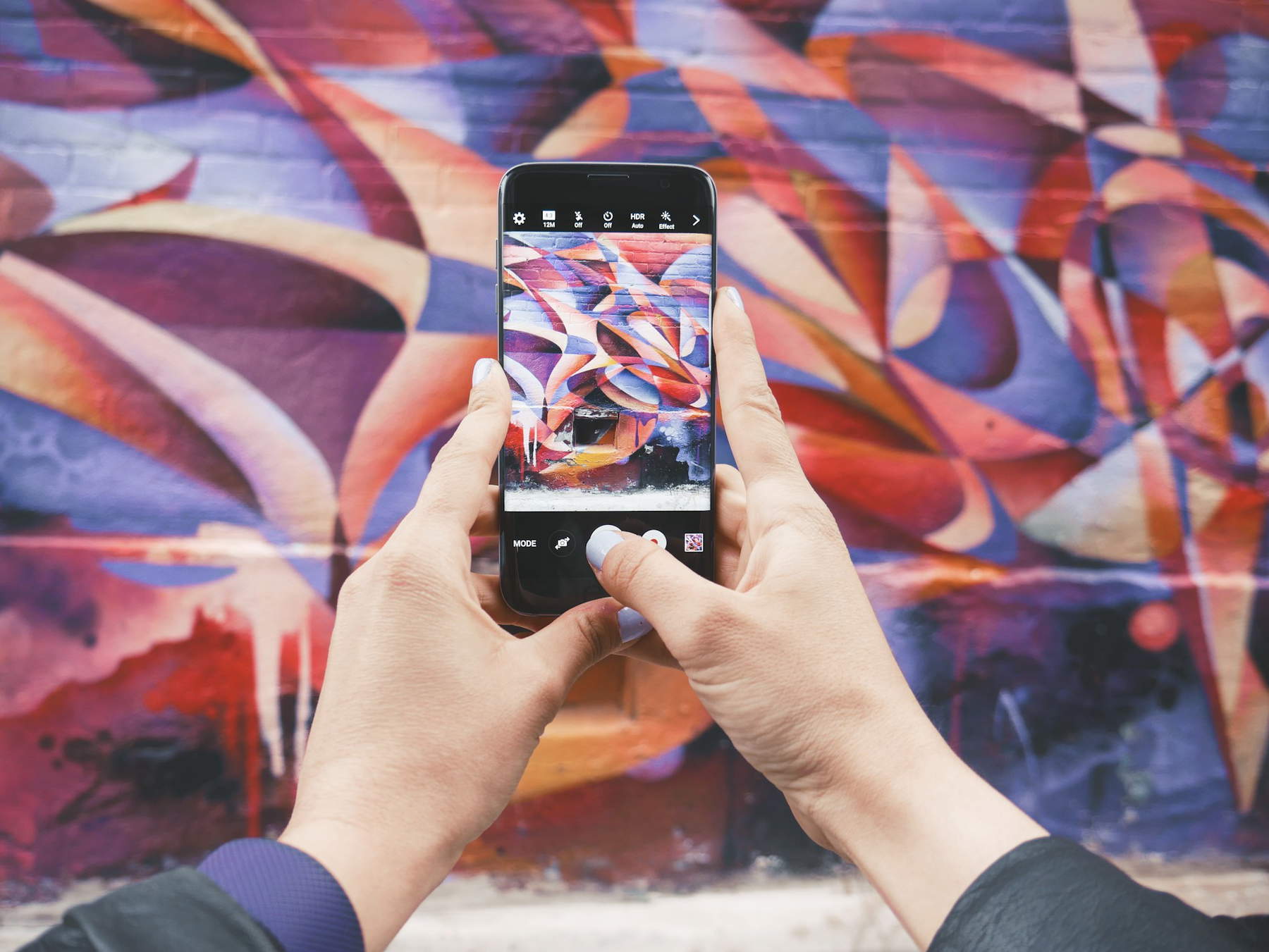
We are not necessarily talking about industry experts or insiders. On the contrary, they are almost all outsiders, tending to be young: the typical Italian art creator is a twenty- to thirty-year-old who was often still a student in the pandemic era (i.e., when he or she jumped on social), sometimes still is, cultivates a strong passion for art, is comfortable in front of a camera. What does he do? Basically he adapts to what the platforms ask for. Now, platforms demand short videos, and the Italian art creator administers short videos to his audience, which hardly exceed thirty seconds in length. The content is mostly about art history textbook artists. Van Goghs, Klimts, Impressionists, Caravaggios, and so on abound. They chase, in essence, the tastes of the public, and it could not be otherwise: if the goal is to make money through social, either through direct monetization or by collaborating with industry players , it is necessary to be as caressing as possible and avoid upsetting one’s followers or, even worse, boring them (for in any case, upsetting produces engagement, even if in the long run it alienates, while boring the audience, even simply with content that is not in tune with the audience’s expectations, produces sudden dropouts). The forms are also well proven. Influencers are a bit like living diaries: they move around and suggest, often for a fee, exhibitions to see or events not to be missed. Creators hardly stray from anecdotal and biographical. Instead, criticism, reviews, lesser-known heritage, analysis, and vertical thematic lunges are all but absent.
Alongside the institutional profiles, which have often nevertheless firmly retained their following, there has thus arisen a generation of influencers and creators who, skillfully exploiting the medium of the reel, collate, as Sapna Maheshwari and Mike Isaac have observed in The New York Times in relation to the news sector (but forart works the same way), material gathered here and there, often from news outlets themselves, and make an extreme summary of it in reel format to be administered in less than a minute to their jubilant audiences. And they manage to get, usually, a much broader consensus than the traditional media. Some of the reasons for the success that these new figures often achieve over traditional media are those expressed by the Reuters Institute ’sDigital News Report 2024 : users have the perception that influencers and creators are more trustworthy than traditional media, they feel they are more genuine, independent. However, the exact opposite is often true, since theinfluencer and creator are primarily communicators, with all that that entails, while the journalist has ethical obligations to adhere to. Moreover, in traditional media, criticism and publicity tend to travel on separate channels (i.e.: publicity has its own codes and spaces, and newspapers keep their advertisements separate from criticism), while the social communicator, being on his own and being a hybrid figure, must necessarily make a mélange of publicity and content.
It can then be added that influencers and creators elicit more empathy from their audiences because they also share, on an almost daily basis, aspects of their daily lives that have nothing to do with the content of their channels: in essence, the reality show of themselves that the new social primactors offer daily to their base helps to create a sense of personal connection with their audiences and to suggest a feeling of greater transparency than traditional journalists. And in the age of disintermediation, showing up at every moment of one’s life, perhaps giving up a little of one’s privacy, piques the interest of an audience that asks for nothing more than a peek into the lives of others. Of course, a closer, perhaps sought-after connection ( influencers and creators are constantly piecing together comments and responses from their users, even if the requests they make to their audience are more about keepingengagement high than opening up debates and discussions), increases the level of audience engagement, and because the algorithms of social platforms are designed to privilege content that receives a lot of interactions(likes, comments, shares), the circle ends up self-feeding, obviously excluding the latest entrants, because achieving success at this moment in history, i.e., at a time when there is no major news on major social, is much more difficult than when platforms produce major transformations.
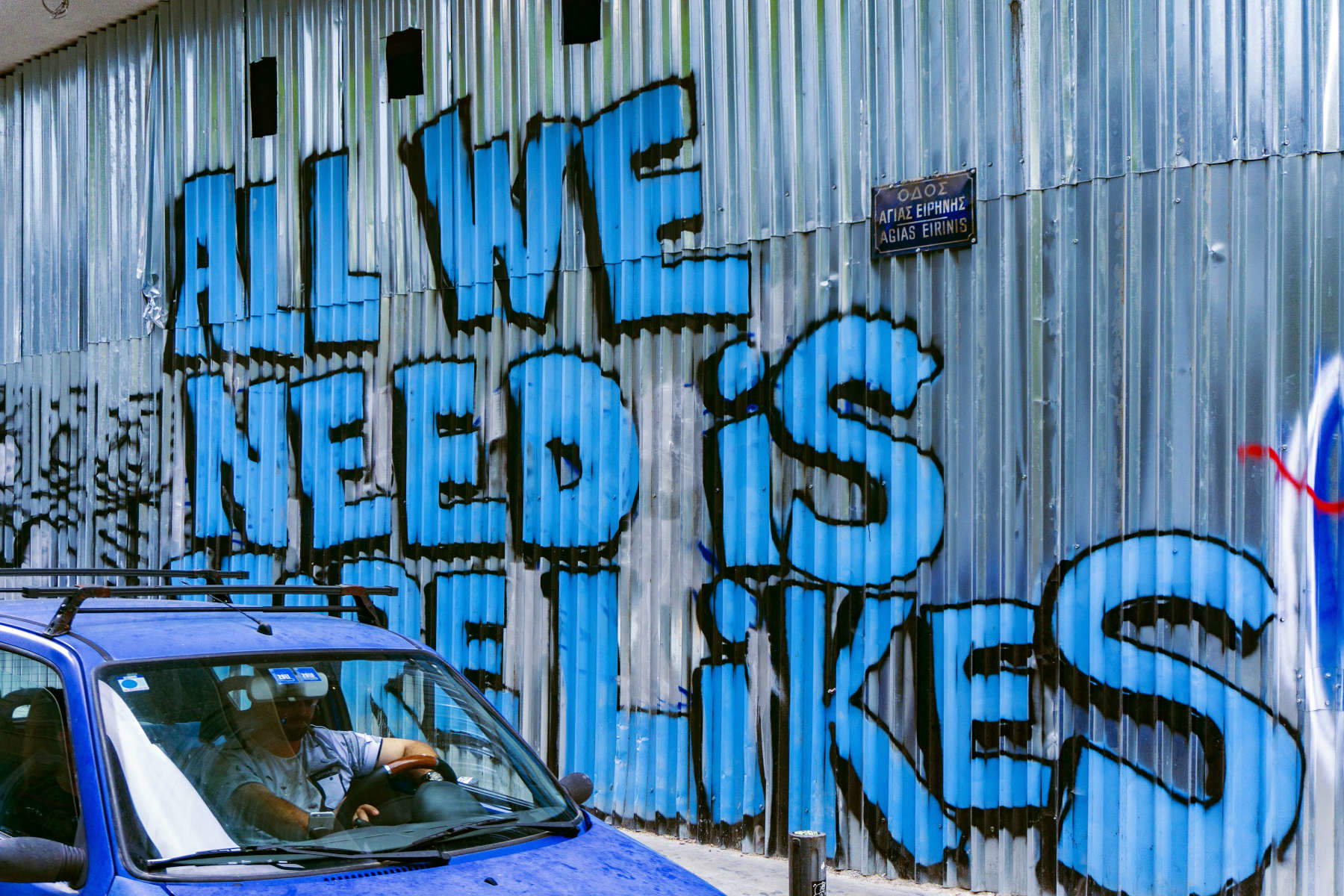
In our industry, the emergence of influencers and creators occurred mostly in the pandemic period, roughly coinciding with the launch of reels on Instagram that remounted in August 2020: so many, in that period, started talking about art on Instagram (i.e., the social that supplanted Facebook in the preferences of the art audience), and the regime of epistemic democracy that prevails on Instagram (and, in general, on all social) brought out not so much the best-prepared content creators or those with the most interesting things to say, since preparation is not but one of the many skills needed to stand out on social (and, even, sometimes instead of preparation we speak more simply of “passion” for the topic and “desire to share content with one’s audience”), as much as, if anything, those most equipped with theset of skills needed to stand out in this universe: storytelling, ability to package content with appealing language, familiarity with technology (so, for example, use of programs to do photo and video editing ), keeping up to date with the latest trends in algorithms, ability to engage audiences (interacting with followers, responding to comments, creating a sense of community), ability to analyze audiences and results to recalibrate the pitch for the next piece of content. Those without these skills have next to zero chance of success.
The rise of these figures has naturally produced positive elements and negative elements. They have certainly added voices, broadened accessibility, filled social platforms with art, and good creators are able to arouse curiosity, with the understanding that social is now a medium where it is impossible to delve deeper (with exceptions, e.g., museum accounts that post lengthy and valuable talks, galleries that promote artists’ work, and so on: however, this is content that algorithms today tend not to favor): obviously it is not possible to imagine talking about an artist or a work in thirty seconds, and the truly effective creator to really pay attention to is above all the one who is able to suggest to his follower the possibilities of in-depth study (there is no shortage of creators who also write in traditional newspapers or who are able to organize visits to museums or who are capable of holding more substantial formats than the Instagram reel : Jacopo Veneziani and Francesca Gigli are examples of creators who can arouse curiosity on social, but who also know how to move elsewhere, while the same cannot be said of most of their colleagues). However, there are also many negative elements: a flattened communication where it matters more to flatter the audience than to propose really interesting content (i.e., that is not the squeeze of some notion taken from Wikipedia), total submission to algorithms (sometimes with paroxysmal outcomes: there are, for example, those who impose ridiculous censorships on themselves when they utter the words “fascism” or “Mussolini,” fearing that they will run into penalties), superficiality, no ethical rules to abide by (a Unesco study conducted in 2024 found that as many as 62 percent of the creators surveyed admitted that they do not verify the accuracy of the information they share: this is extremely worrying), lack of any form of criticism (one cannot run the risk of antagonizing someone in the environment in which one aspires to create work), dispersion and fragmentation (there are now dozens of creators talking about art on social in Italy).
How will the landscape evolve in the future? In the meantime, it should be pointed out that social media have worked very well, from their point of view: they have managed to keep audiences longer on their platforms, they have cut exit possibilities to the bone (Meta’s war against external traffic should be read in this sense: a user who leaves the platform is a user who does not make Meta money, because they will spend time elsewhere and see other ads, not the ones that Meta’s socials offer them), and with feeds designed to maximize reel yield they have managed to turn our stay on social into an addictive activity, leading us to compulsively scroll through our walls. And as the number of social users has doubled in eight years (from 2016 to 2024) (from 2.3 billion in 2016 to 5.03 in 2024), it follows that the amount of content posted by users has inexorably increased, and the struggle of those who post content to try to get the attention of those scrolling through their wall has become more strenuous. One can no longer count the articles by social media marketing experts advising those who want to get results to focus on short videos, to take good care of the first two seconds of their video (back in 2016 Facebook suggested that the average attention threshold toward a post is about 2 seconds), to focus on quality rather than quantity. What few people say, however, is that “quality” does not mean what the user perceives: “quality” is what the algorithms expect. This is a significant difference. Social is not able to evaluate content as a human would. If anything, they are able to evaluate what is produced around the content.
The landscape is constantly changing. The main news of this 2025 is certainly Meta’s announcement of theelimination offact checking from Facebook and Instagram in the United States. An announcement that, at the moment, has not yet had any effect in Europe, but has already led some mainstream media to question whether they should remain working in this environment. However, it is too early to imagine mass defections, because as of today everyone still needs to work with social media, even simply to signal to the public that they are there. However, transformations related to politics may cause social to become vehicles of unverified information, with the consequence that users may find them less reliable and, in the long run, may tire of frequenting them. Still, further algorithm changes may disincentivize the public from frequenting the platforms. This is especially noticeable on Facebook: the mix of friend posts, ads, and “suggested content” put in place to keep users as long as possible on the platform has turned feeds into dustbins filled with content that is not in line with users’ interests, when not even generated by artificial intelligence, and there are a growing number of complaints online, especially on discussion forums, from users frustrated with how Facebook has become. Will Meta intend to establish correctives? It will depend on the user base: the content mix seems created on purpose to cause addiction among users who use social as a form of entertainment. The bulk of the content the feeds offer is junk, yes, but it is entertaining junk. At the time of writing, for example, the last ten posts in my Facebook feed are as follows: three posts from friends (and not even among my closest friends or those I interact with the most), three advertisements (two from computer programs and one from shoes I wouldn’t even wear given away), and four from pages I’ve never seen before, offering content I’m not interested in: a photograph with an ironic list of differences between dogs and cats, a meme about Chiara Ferragni and Fedez, a photograph of a cat who, instead of playing with the toy given to him by his owner, prefers to amuse himself with the box, and finally a sports-themed video, about rugby (a sport I don’t follow and barely know the rules of), made with artificial intelligence. Facebook doesn’t show anything I’m interested in: but since cats appeal to pretty much everyone, Ferragni and Fedez’s love affairs are the gossip topic of the week, and everyone follows a sport (in my case, not rugby, but content from sports I do follow often happens), it’s easy to see why users, rather than abandoning the platform, keep scrolling through their feed. For Facebook, it is profit maximization. On Instagram you can still breathe a somewhat healthier air (in the sense that it is easier to see content in line with one’s interests), but it cannot be ruled out that Instagram will also end up going down a similar path.

It is difficult, at the moment, to tell whether these changes will induce the key players in social media to become more accountable, or whether on the contrary it will be a kind of “free-for-all.” Joanna McNeill, for example, envisions 2025 as the year of the “Great Unfollowing,” a time when user habits will change strongly. So many users, she believes, in the midst of this deluge of rubbish, will grow tired of frequenting social (but also podcasts) and stop following the profiles that have accustomed them to rapid, compulsive, careless content consumption. Where will they go then? We will probably see the growth of decentralized platforms such as Substack, the rise of podcasts, the dusting off of mediums such as newsletters, and a return to traditional websites, in line with a greater demand for slowness at least from users who are primarily looking for content. This does not mean that the era of personalization will end: it is likely that the new figures able to emerge will be, as so many have already noted, individual journalists who will untie themselves from their newspapers and try to carve out independent spaces for themselves. However, while it is true that we are seeing a moment of public fatigue with regard to social, at the moment, as anticipated, it is perhaps risky to predict large migrations. No: we will reckon with social for some time to come, perhaps even long enough.
What consequences for art communication on the platforms most loved by the Italian art public? Even if social will turn into a sort of Paperissima on a continuous loop (and to some extent it already is), it will be some time before many realize that these platforms have reached the apex of their enshittification process and become aware of their decline: consequently, it will be some time before mass abandonments by audiences looking for more interesting content will occur. Also for the simple fact that it is not possible to stop a train in motion. Museums, galleries, traditional media, influencers and creators will therefore continue to publish their content on social in an attempt to intercept their audiences, while at the same time trying to take an interest in new tools dedicated to more aware cores. On the influencer and creator front, we now see a settling down: the landscape is dominated by an oligarchy stemming from position rents, and for those now wanting to start from scratch the difficulties are far greater than those encountered by those who started at the right time, when Instagram was pushing reels and many influencers and creators grew up simply by exploiting this medium when it was a novelty. Potential new communicators are therefore dealing with a social much more complicated than what it was two, three or four years ago, when even the international political landscape was completely different, and the artificial intelligence that makes it even easier to publish content did not yet exist. And with a saturated market, there will be natural selection: to the most superficial, the most repetitive or those least able to reinvent themselves with new formulas or to move to other platforms will happen what happens, for example, to the meteors of music, that is, they will disappear from circulation or see their followings drastically diminished, despite the fact that on the former they may know, in a seemingly paradoxical way, an increase in popularity (with books, TV guest appearances and whatnot). Some, indeed, may have already embarked on a downward parabola. And for so many it will be traumatic, because it will not be easy to go from the 30-second reel to the article written on Substack, or the lengthy video posted on YouTube, since change requires in-depth skills that not everyone necessarily has. Then micro-influencers with smaller but highly involved communities will be able to resist: even in the general climate of distrust toward influencers fueled by the well-known Chiara Ferragni vicissitudes, it is illusory to believe that we will move toward the disappearance of influencers as such. Smaller ones will remain, less prone to ostentation, and perceived as more transparent and authentic, and investments will be more distributed. Or, and to some extent we can already see it, testimonials will be back in fashion, as in the 1980s and 1990s: famous people sponsoring things.
As for institutional profiles, however, only when the costs outweigh the benefits will so many stop using social. On Facebook this has already happened to some extent: look, for example, at the behavior of contemporary art galleries. Their target audience has shifted to Instagram, and many have stopped posting on Facebook. Institutional profiles, then, will continue partly to remain on social out of a form of duty to the public, and partly because their audience is still there anyway (and, indeed, amid the flood of junk, it is not even certain that they will not become more demanding). The choice of formats will become more important, and it will become critical to make more direct connections with the audience in a world where everyone is fighting for the attention of the individual user. Quality, however, will continue to remain an epiphenomenon of success.
Warning: the translation into English of the original Italian article was created using automatic tools. We undertake to review all articles, but we do not guarantee the total absence of inaccuracies in the translation due to the program. You can find the original by clicking on the ITA button. If you find any mistake,please contact us.





